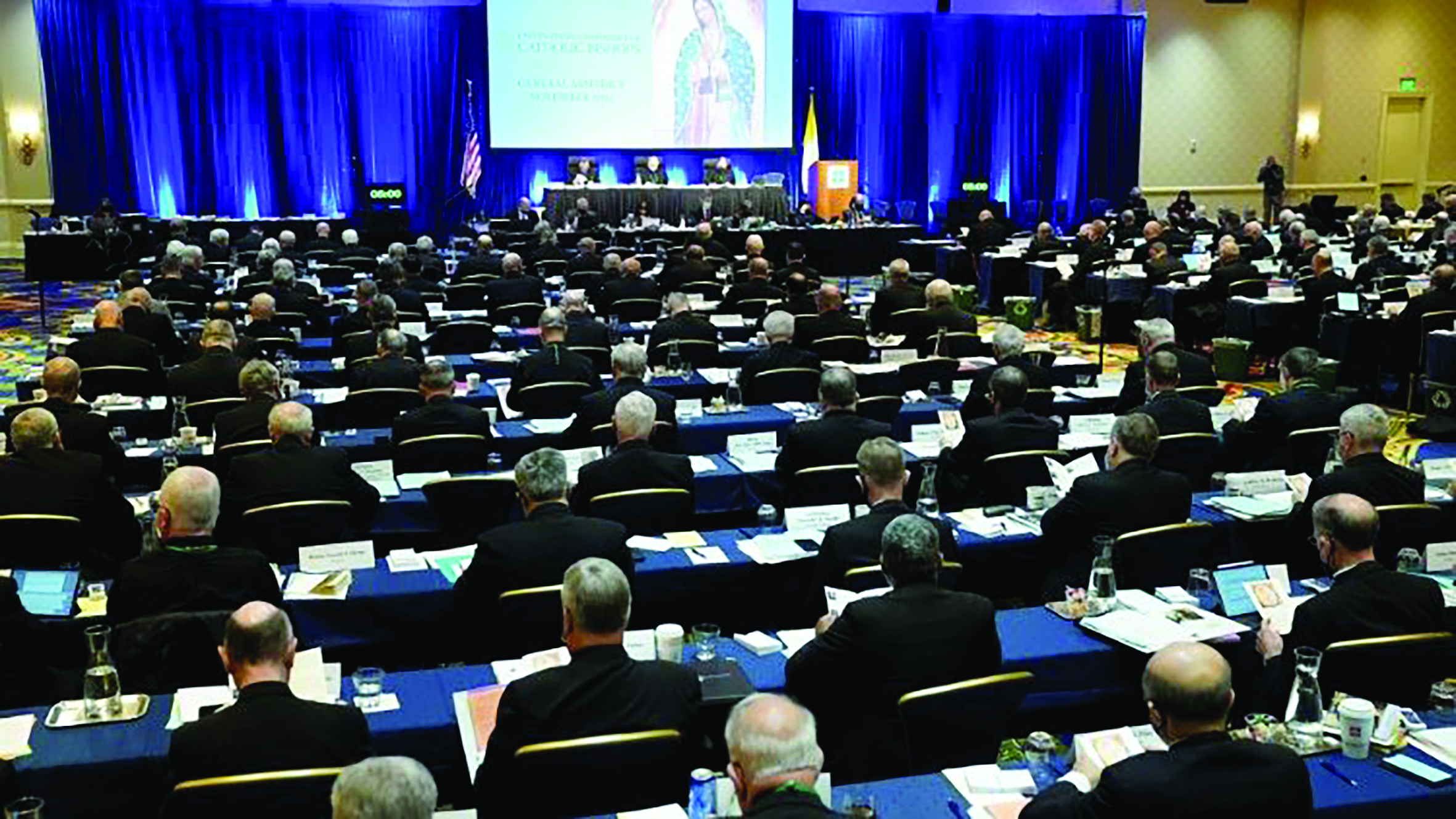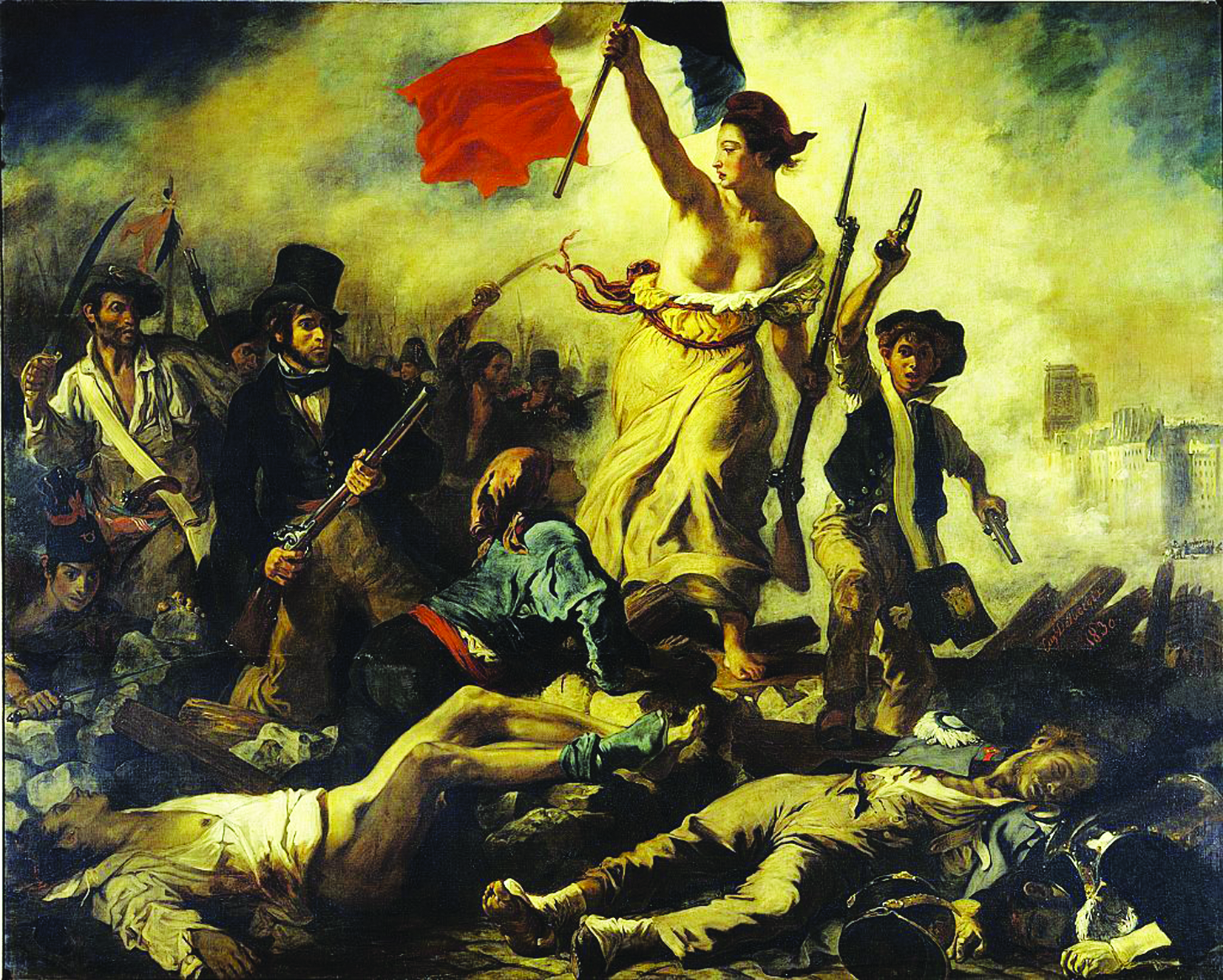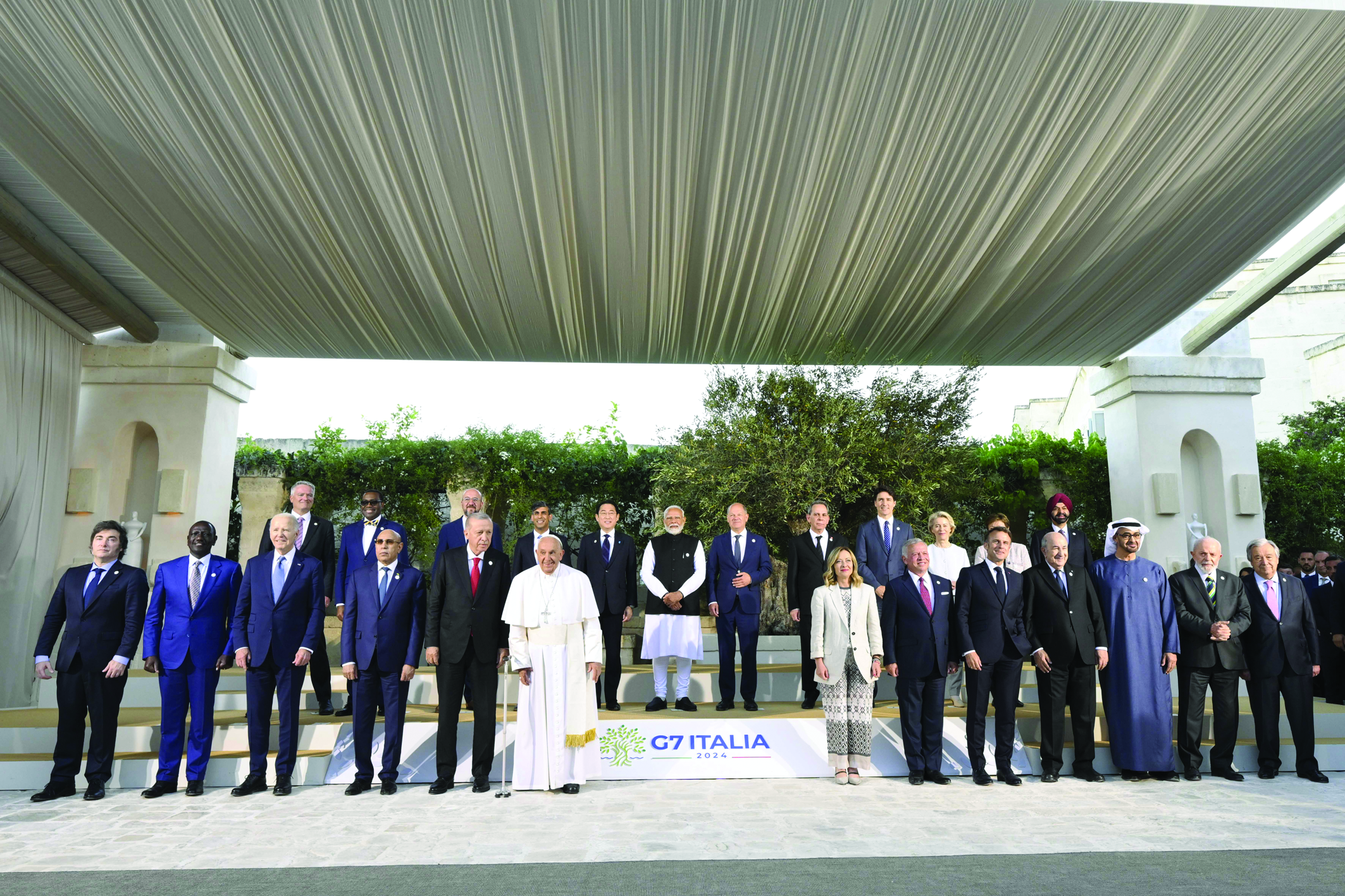By Alberto Carosa
In late August, Pope Francis announced his choice of Archbishop Pietro Parolin, apostolic nuncio to Venezuela, to replace the outgoing secretary of state, Cardinal Tarcisio Bertone.
In accepting the resignation of Bertone, 78, the Pope asked him to remain in his position until October 15 “with all the faculties proper to the office” to allow Archbishop Parolin time to move from Caracas to Rome.
On October 15, Pope Francis will receive in audience all the officials of the secretariat of state, in order to thank Cardinal Bertone publicly for his faithful and generous service to the Holy See, and to introduce the officials to the new secretary of state.
Parolin issued an eloquent statement after the news of his appointment. “At this moment, in which my appointment as secretary of state is made public,” Parolin said, “I desire to express deep and affectionate gratitude to the Holy Father, Francis, for the unmerited trust he is showing me, and to make known to him once again my willingness and complete availability to work with him and under his guidance for the greater glory of God, the good of the Holy Church, and the progress and peace of humanity, that humanity might find reasons to live and to hope.
“I feel very strongly the grace of this call, which is yet another and the latest of God’s surprises in my life. Above all, I feel the full weight of the responsibility placed upon me: this call entrusts to me a difficult and challenging mission, before which my powers are weak and my abilities poor. For this reason, I entrust myself to the merciful love of the Lord, from whom nothing and no one can ever separate me, and to the prayers of all.”
But Archbishop Parolin entrusts himself not only to Our Lord, but also to the Lord’s Mother, the Virgin Mary.
“It is with trepidation that I place myself in this new service to the Gospel, to the Church and to Pope Francis,” Parolin continued. “but also with trust and serenity, disposed – as the Holy Father has asked us from the beginning – to walk, to build and to profess. May Our Lady, whom I like to invoke under her titles as Our Lady of Monte Berico, Guadalupe and Coromoto, give us [here he quoted from Pope Francis’ homily at his Mass with the cardinal electors on March 14, 2013, in the Sistine Chapel], ‘The courage to walk in the presence of the Lord, with the Lord’s Cross; to build the Church on the Lord’s blood which was poured out on the Cross; and to profess the one glory: Christ crucified. And in this way, the Church will go forward.’”
Therefore, Parolin has a special devotion to Our Lady under these three titles. Why?
Parolin is a native of a small town in the northeastern Italian province of Vicenza, where Our Lady of Monte Berico is venerated in the Basilica of Monte Berico, after the name of a hill on whose top this Marian shrine is located, overlooking the city of Vicenza.
The other two titles are related to two countries, Mexico and Venezuela, where he has been posted as a Vatican diplomat.
But while Our Lady of Guadalupe is more or less universally known, Our Lady of Coromoto is less well known.
Our Lady of Coromoto is the patroness of Venezuela. The story of the Virgin of Coromoto dates back to the late 1500s. The Spaniards arrived in the region of Guanare in 1591. Upon their arrival, a group of Indians of the Cospes tribe headed by a chief named Coromoto decided to abandon their land in order not to have anything to do with the white men or with their religion. Both groups therefore lived in peace, but remained isolated from each other until 1651, when Coromoto and his wife experienced an extraordinary vision in the Tucupido River. Upon the waters, a beautiful lady looked at them with a loving expression on her face; the small child she carried also smiled amiably. The mysterious lady told the Indian chief: “Leave the forest with your people and go to the white men in order to receive the water on the head so as to be able to enter heaven.” Deeply impressed by the beautiful Lady, the chief and his tribe entered the Spanish village and were taught the Catholic faith. The chief, though, didn’t like the new way of life, so he returned to his old hut. The Lady appeared once again to the chief in his hut, surrounded by an aura that filled his hut with light. She smiled sweetly and asked him once more to go back to the missionaries to be converted, but the chief refused. Annoyed, he tried to throw the beautiful woman out of his hut, but did not succeed. He then threatened her, saying he would use his weapons on her. Still smiling more beautifully than ever, the Lady approached the chief, who stretched out his hands to catch her. Immediately, the woman was gone. The chief rubbed his eyes and realized that something was in his hand. It was a small parchment picture of the beautifully smiling Lady with her Child which came to be known and venerated as the tiny miraculous relic of the Virgin of Coromoto, measuring 27 millimeters high and 22 wide (less than two inches by two inches).
Coromoto converted, and later realized that the beautiful woman was the Blessed Virgin, and that the child she was holding was the Infant Jesus.
At the request of the nation’s bishops, on October 7, 1944, Pius XII declared her “Patroness of the Republic of Venezuela” and her canonical coronation was celebrated on the third centenary of her apparition, on September 11, 1952. His Eminence Cardinal Manuel Arteaga Betancourt, Archbishop of Havana, representing Pope
Pius XII, crowned the sacred image of Our Lady of Coromoto.
The Venezuelans celebrate their patroness each year on three different occasions: on February 2 and on September 8 and 11. The National Sanctuary of the Virgin of Coromoto, meeting place of great pilgrimages, was declared a basilica by Pope Pius XII on May 24, 1949.
Therefore, there could not have been a more fitting reference to Our Lady of Coromoto, a real icon of the “old” evangelization, on the part of a senior prelate who is called to be the right hand man of the Pope in his “new” evangelization efforts.
“There may be situations when both realities could be present, the first evangelization and the re-evangelization,” the prefect of the Congregation for the Evangelization of Peoples, Archbishop Fernando Filoni, once told the author of this article, “precisely because after the first evangelization the need is there to either deepen (one’s faith) or regain what has been lost.”
As the top-ranking official on the Pope’s staff, Parolin is expected to be raised to the rank of cardinal at the next consistory. In this regard, perhaps many Catholics and non-Catholics alike are not aware that the prelates elevated to the cardinalate normally have to be attached to a parish church, in the urban area of the diocese of Rome or its suburbicarian area under a neighboring diocese, with a relevant title to signify close cooperation with and under the Pontiff for the accomplishment of their God-given mission.
What better and more suitable parish church, therefore, than Nostra Signora di Coromoto in San Giovanni di Dio (Our Lady of Coromoto in San John of God) for a future Cardinal Pietro Parolin? There is just one little problem: His Eminence Fernando Filoni already took possession of the title of this church by celebrating his first Mass there as a newly-appointed cardinal on Sunday, February 26, 2012.n






Facebook Comments